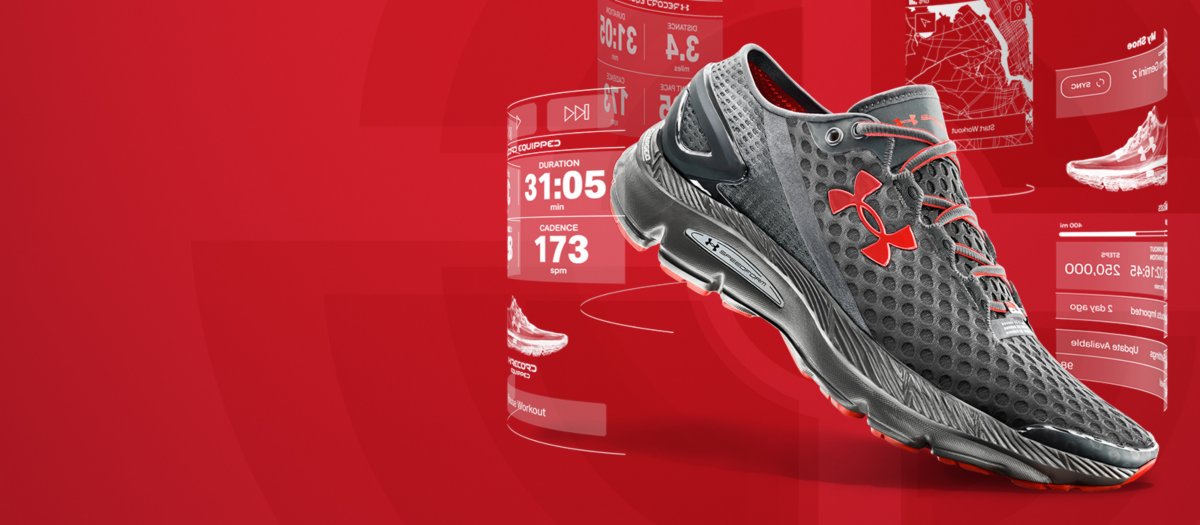
The Emerging Category of Invisible Devices
According to the International Data Corporation (IDC), 102.4 million wearable devices were shipped in 2016, and the wearable market is expected to double by 2021. But one wouldn’t have guessed that the popularity of wearables is on the rise after attending the 2017 GSMA Mobile World Congress, which is a combination of the world’s largest exhibition for the mobile industry and a conference featuring prominent executives representing mobile operators, device manufacturers, technology providers, vendors, and content owners from across the world.The winner of the Best Wearable category at MWC 2017 was the Huawei Watch 2, which is a sporty smartwatch aimed predominantly at men. While excellent in many ways, the Huawei Watch 2 isn’t exactly a groundbreaking departure from all other bulky sports smartwatches, which have been dominating the wearable world for the past few years.
The Huawei Watch 2 feels like a wearable piece of technology first and a watch second. Even people who are used to wearing a watch all the time might find it difficult to get used to the extra weight or the daily charging, not to mention the complicated synchronization with other devices. That might explain why fewer consumers use their wearables daily over time, as stated in a report from PwC. Wearables simply still feel too unnatural to become habitual or part of our daily routines.
“I don’t know about you, but when I’m adorning myself with wearable technology, I like it to feel natural. By that, I mean seamlessly integrated, so instead of being conscious that I’m wearing tech, I ideally want to reap the added bonus that it brings while not wearing any additional item: invisible, perhaps,” summarizes the problem Forbes contributor Lee Bell.
Thankfully, it seems that the wearable industry has recognized the need for seamlessly integrated wearables because a new category of smart gadgets is emerging, and the name of this category is “invisibles.”
As the name suggests, invisibles are so well-integrated that the users are not even aware of them unless they are actively taking advantage of the features they provide. Even though most invisibles that are currently available still focus mainly on the fitness market, there have already been several releases of invisible wearables that do other things besides heart rate monitoring.